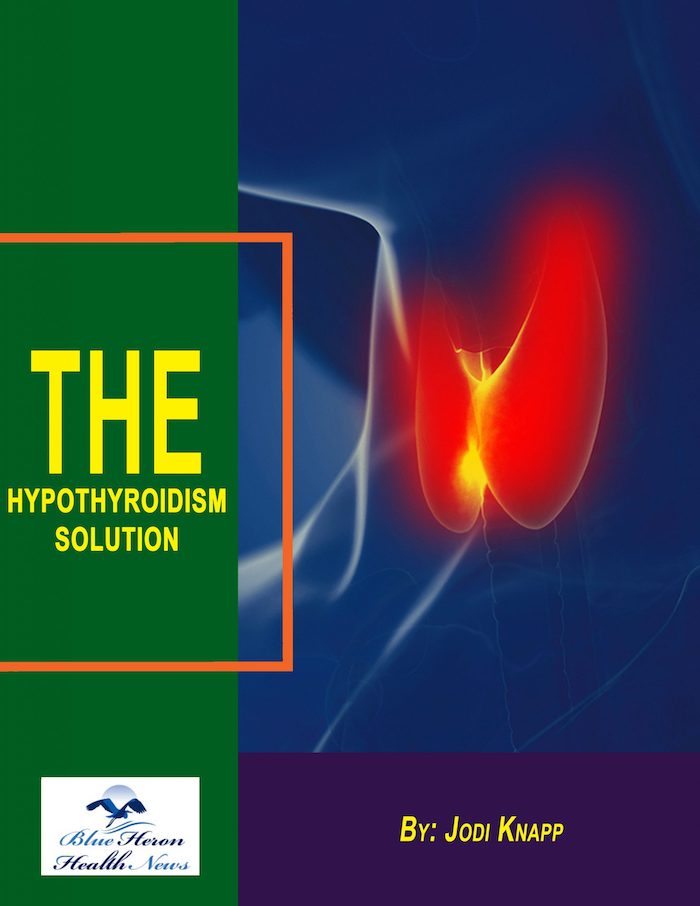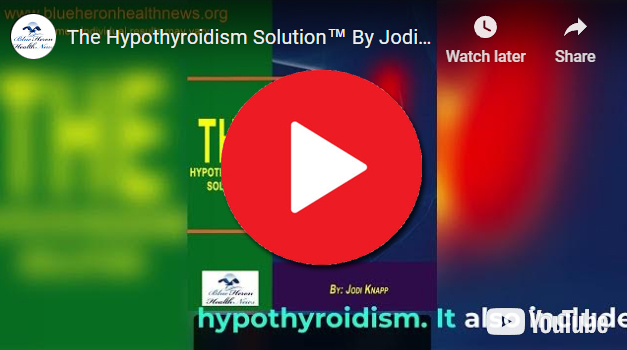
The Hypothyroidism Solution™ By Jodi Knapp Jodi has provided a stepwise guide in the form of The Hypothyroidism Solution to help you in regulating the levels of your thyroid in a better and natural way. Along with curing hypothyroidism, it can also care a number of other health issues experienced by people all over the world. No side effect due to this program has been reported so far. So you can follow this program without any financial as well as emotional risk.
What is the difference between primary and secondary hypothyroidism?
The main difference between primary and secondary hypothyroidism lies in the origin of the dysfunction within the endocrine system that leads to inadequate thyroid hormone production. Here’s a breakdown of the two:
1. Primary Hypothyroidism
- Cause: Primary hypothyroidism originates from a dysfunction of the thyroid gland itself. In this condition, the thyroid is unable to produce sufficient amounts of thyroid hormones (T4 and T3), despite receiving normal or elevated stimulation from the pituitary gland via thyroid-stimulating hormone (TSH).
- TSH Levels: In primary hypothyroidism, TSH levels are typically elevated because the pituitary gland is producing more TSH in an effort to stimulate the underactive thyroid gland to produce more thyroid hormones.
- Common Causes:
- Hashimoto’s Thyroiditis: An autoimmune condition where the body’s immune system attacks the thyroid gland, leading to its gradual destruction and reduced hormone production.
- Iodine Deficiency: Insufficient iodine intake can impair the thyroid’s ability to produce hormones.
- Thyroidectomy: Surgical removal of the thyroid or part of it can result in hypothyroidism.
- Radioactive Iodine Therapy: Treatment for hyperthyroidism can sometimes damage the thyroid enough to cause hypothyroidism.
- Medications: Certain drugs, such as lithium, can impair thyroid function.
- Symptoms: The symptoms of primary hypothyroidism are those of general hypothyroidism, including fatigue, weight gain, cold intolerance, constipation, dry skin, and depression.
- Diagnosis: The diagnosis is typically made when TSH levels are elevated while free T4 and T3 levels are low, indicating that the thyroid is not responding adequately to the elevated TSH stimulation.
2. Secondary Hypothyroidism
- Cause: Secondary hypothyroidism is caused by dysfunction of the pituitary gland, which results in insufficient secretion of TSH. This leads to inadequate stimulation of the thyroid gland, resulting in reduced production of thyroid hormones (T4 and T3). The thyroid gland itself is capable of functioning normally but doesn’t receive the necessary stimulation from the pituitary.
- TSH Levels: In secondary hypothyroidism, TSH levels are low or inappropriately normal despite low levels of thyroid hormones, indicating that the problem lies with the pituitary gland rather than the thyroid gland.
- Common Causes:
- Pituitary Tumors: Tumors of the pituitary gland can impair its ability to produce TSH.
- Trauma or Surgery: Damage to the pituitary from injury or surgery can lead to reduced TSH production.
- Radiation Therapy: Radiation to the brain or pituitary area can result in secondary hypothyroidism.
- Sheehan’s Syndrome: Postpartum pituitary gland damage due to severe blood loss during childbirth.
- Hypopituitarism: A condition where the pituitary gland underperforms, affecting multiple hormones, including TSH.
- Symptoms: The symptoms of secondary hypothyroidism are similar to those of primary hypothyroidism (fatigue, weight gain, etc.), but patients may also have other pituitary-related symptoms, such as adrenal insufficiency, depending on which other hormones are affected.
- Diagnosis: Diagnosis is based on low TSH levels alongside low thyroid hormone levels (T4 and T3). This pattern indicates that the thyroid isn’t being properly stimulated by the pituitary gland.
Summary of Differences:
- Primary Hypothyroidism: The thyroid gland itself is dysfunctional, causing decreased thyroid hormone production despite high TSH levels.
- Secondary Hypothyroidism: The problem originates in the pituitary gland, leading to insufficient TSH production, which in turn causes low thyroid hormone production despite a normally functioning thyroid gland.
Both conditions result in similar hypothyroid symptoms, but their underlying causes and hormonal patterns differ, which is crucial for accurate diagnosis and treatment.

The Hypothyroidism Solution™ By Jodi Knapp Jodi has provided a stepwise guide in the form of The Hypothyroidism Solution to help you in regulating the levels of your thyroid in a better and natural way. Along with curing hypothyroidism, it can also care a number of other health issues experienced by people all over the world. No side effect due to this program has been reported so far. So you can follow this program without any financial as well as emotional risk.